Understanding Product Recall Insurance
Commercial general liability insurance offers product liability, but not the costs associated with recalling your product. If you manufacture a product then you likely have a product recall exposure. The cost to recall, destroy and crisis management to "clean up" after a recall could be in the hundreds of thousands or millions depending on the extent of your product in the marketplace.
Very limited “first-party” product recall coverage is now available from a few insurers providing product liability insurance to the dietary supplement industry. The limits offered are generally quite low (in one case $25,000) and only cover the costs of a recall for the insured company. And even those “covered costs” are limited to a few specific things. Not surprisingly, the premiums are also small. The phrase “better than nothing” would apply to this coverage.
There are a handful of insurers that offer a form of “Mercedes” product recall coverage. Historically, they have provided coverage to the food industry and are quite familiar with that industry. They are generally unfamiliar with the supplement industry and tend to lump them in with pharmaceuticals, the latter a prohibited class of business for them. But that is changing. Recently, insurers have been offering product recall coverage, properly tailored to the needs of retailers, contract manufacturers and raw materials suppliers.
It is important to understand the specific coverage offered by these types of policies. Most of them cover three things: extortion, accidental contamination, and malicious product tampering. To keep the cost down, extortion coverage, which is arguably not needed or desired for a supplement company, is removed. The two remaining coverage parts are accidental contamination and malicious tampering. Either one of these will trigger what is called an Insured Event. The policy also provides a lot of additional coverage, much of it by endorsements to the main policy form (so each policy can be tailored to the insured's needs or wants). These include:
Costs of a product recall: The core coverage provided for all reasonable costs incurred to recall, remove and dispose of a recalled product. Generally, these include but aren’t limited to media costs, costs incurred to ship the product back, costs of disposal, costs to redistribute any recalled products, and retailers’ and other third-party recall costs incurred.
Loss of sales revenue: If sales decrease after a recall and the decrease is directly attributable to the recall event, this coverage will pay for the difference between what sales would have been and the decrease in sales, for a period of up to 12 months following the recall event. Note this is not loss of net income, which is different than loss of sales revenue (gross revenue). In the event of a major recall, this could be a very large number for a supplement company.
Customer loss of gross profit: Similar to the coverage for the insured company, this provides your customers coverage for loss of their gross profit as a direct and sole cause of the recall; legal liability of the insured company for the recall would have to be evident for the policy to respond.
Government recall: Largely in the interest of clarity, this endorsement states coverage for a recall ordered by a regularly constituted federal, state or local or administrative body is covered. Note, however (and this is important), actual contamination of the product would also have to have occurred to trigger the coverage; so a government recall without actual contamination is not covered. Malicious product tampering coverage can, however, be triggered under the policy without actual contamination of products.
Adverse publicity: Adverse publicity means the reporting of an actual or alleged accidental contamination during the policy period in local, regional or national media (including but not limited to radio, television, newspapers, magazines or the Internet) or any governmental publication where the Insured(s) and the insured's product (s) is specifically named. Example: there would have to be a newspaper article published that said “ABC Vitamins are contaminated with lead.” Coverage would not apply to products made for others under the third-party name (example: the branded products of others made by you for them).
Rehabilitation expenses: This coverage is for additional expenses incurred to restore the reputation and market share that existed prior to the recall. An example would be promotions such as “buy one product and receive two.”
Extra expense: Extra expense would reimburse the insured for expenses in excess of normal for the sole purpose of reducing the cost of the recall. An example is those extra costs to hire a contract manufacturer to manufacture replacement products to replace the recalled products when the contract manufacturer that manufactured the recalled products is shut down for maintenance/compliance issues following the recall.
Defense costs: This means legal costs and other expenses incurred by or on behalf of the Insured in connection with the defense of any actual or anticipated claim. Defense costs only apply to defense-related to a claim for coverage selected for inclusion in the policy. For example, if the Insured does not have a loss of gross profit coverage and a claim is made for this coverage neither reimbursement nor defense costs would be covered.
Considering the number of exposures that can be covered, and the potential to rapidly exhaust the limit of liability of the insurance, one thing is clear: Buying a low limit of liability for this insurance is short-sighted. In the event of a serious contamination/recall event, a policy for $1 million (for example) is not going to last long. Companies that are serious about this protection should not only understand the coverage but be willing to purchase a meaningful amount of coverage so the policy will act as a true safety net if and when it needs to be. Please feel free to contact us for more information or to obtain a quote.

